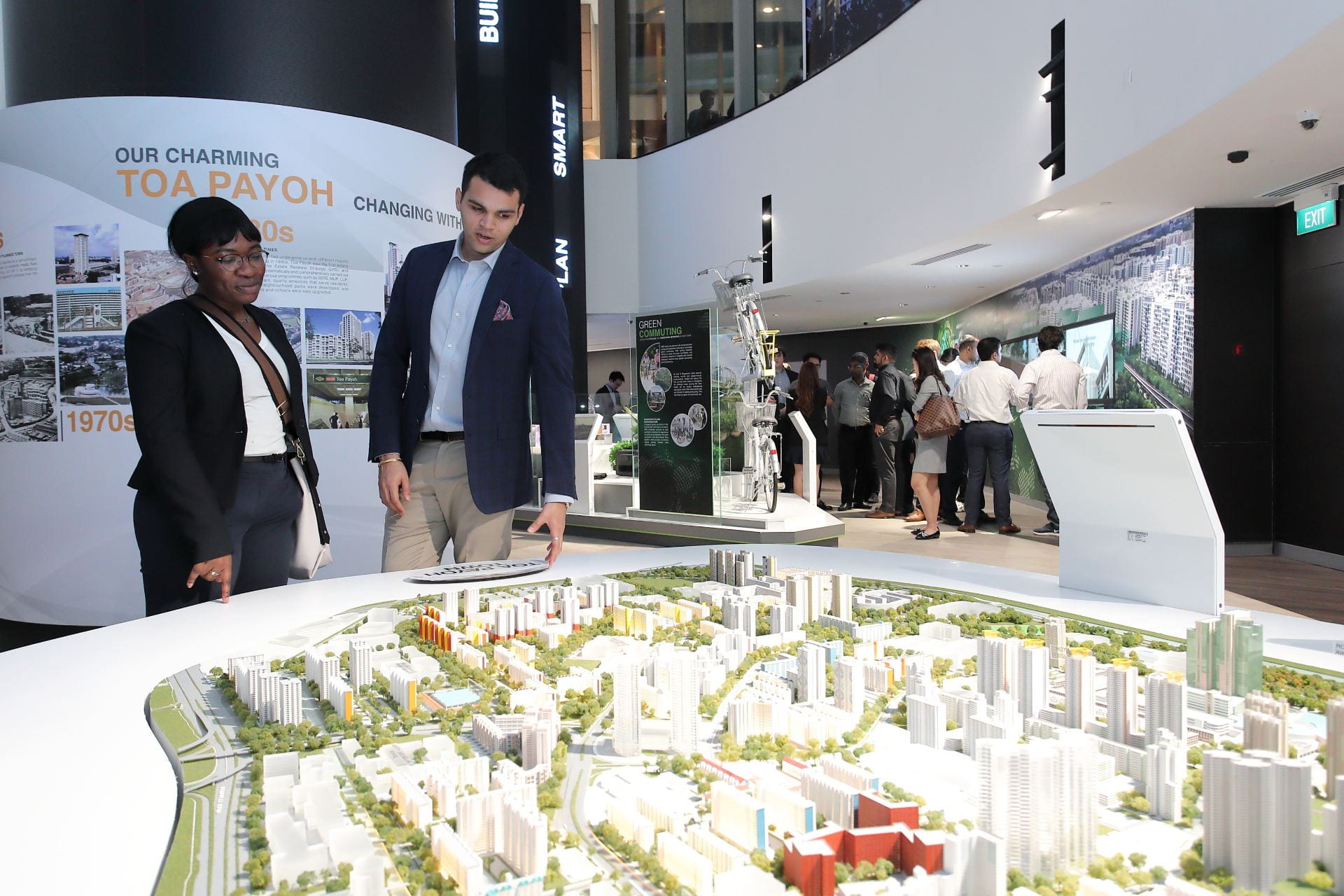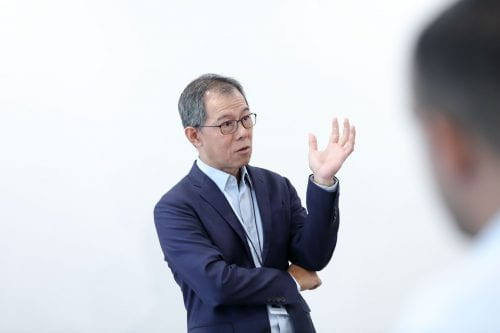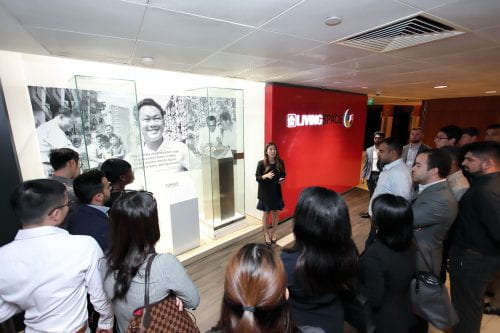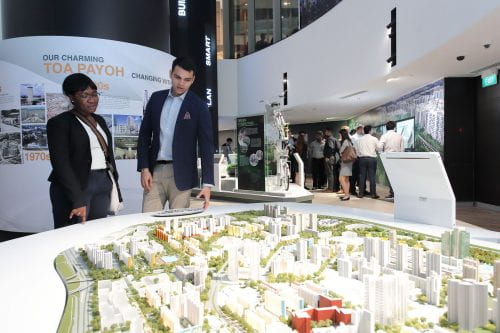
On Tuesday, January 7th, Baker students began their day at ARA Asset Management’s Singapore headquarters. In just under two decades ARA has become one of the largest money managers in Singapore. Founded in 2002 by CEO John Lim, the firm manages S$87 billion ($62.5 billion in USD) across 26 countries and four continents. Students were graciously welcomed by members of ARA’s REITs and Research teams.
First to speak was the CEO of REITs and Business Development, Chia Nam Toon. Mr. Toon energetically walked through ARA’s various REIT portfolios and explained why these have remained a favorable investment product in Singapore, more so than in other Asia Pacific countries. ARA remains one of the top REIT managers in Asia Pacific, Toon contends, because it has developed a number of pure-play portfolios across various sectors and market areas. Most recently, ARA acquired a collection of 33 upscale, select-service Hyatt hotels and used this as a platform to the launch ARA U.S. Hospitality Trust, its first REIT focusing on U.S. lodging assets. Mr. Toon attributed ARA’s success to its disciplined approach to asset management and its nimble ability to roll out new investment products. For example, in addition to its U.S. lodging REIT, ARA has also spent considerable attention on commercial properties in the Asia Pacific region. Prosperity and Suntec REITs are among the firm’s only composite REITs, and are collectively valued at over S$11 billion. These vehicles have properties in Singapore, Australia, and Hong Kong, and are comprised of a mix of office, retail, and industrial products. They also have multiple REITs focused on South Korean assets across all of the major asset classes.

The visit was rounded out by Eric Zhiliang, head of ARA’s Greater China Research group. Mr. Zhiliang is responsible for constantly modernizing ARA’s management practices with ever changing advances in proptech and data mining. In his presentation, Mr. Zhiliang focused on macroeconomic trends facing the Asia Pacific region, like the rising prosperity of China’s middle-class, while only hinting at the more proprietary statistical tools that the company uses to parse the likely troves of user and market data they are constantly collecting via their properties.
Following the visit with ARA, Baker students headed north out of the CBD and into the “suburb” of Toa Payoh in central Singapore for a meeting with the highly regarded, and often imitated, Housing and Development Board (HDB) administered by Singapore’s central government. The HDB has been central to Singapore’s rise in the international world of social programming. Students were first given a tour of HDB’s public displays consisting of scale models of the entire island as well as interactive exhibits showcasing the agency’s efforts to continue to provide relevant, sustainable housing for Singaporean citizens. As is true in the U.S., Singapore’s first prime minister, Lee Kuan Yew, recognized the importance of home ownership for each of its citizens in order for them to have a stake in their country. The HDB was set up by Mr. Yew in 1960 in order to achieve this goal, and has since housed up to 82% of Singapore’s population.

The Baker students learned through the tour that continual improvement and reinvestment has been central to the agency’s longevity, and that its current focus is directed towards providing energy efficient neighborhoods with a strong focus on community-building and mobility. This is possible in large part due to the short ground lease terms, often as short as 30 years, that are unique to Singapore and that allow the government to reclaim and repurpose sites according to local planning needs. The agency has taken a people-centric approach to its communities by addressing the daily and weekly needs of its residents. For example, HDB flats in Punggol, Singapore’s first “eco-town”, are oriented around the man-made Punggol Waterway, which provides outdoor recreation, green energy, and increased local biodiversity. HDB communities are constantly reinventing themselves so that they remain dignified and desirable places to live – for children, elders, and young couples alike. The HDB tour gave Baker students some meaningful perspective to ponder over a dinner of local chilli crab, particularly as they wrestle with an increasingly dour affordable housing situation in the U.S. housing market.

